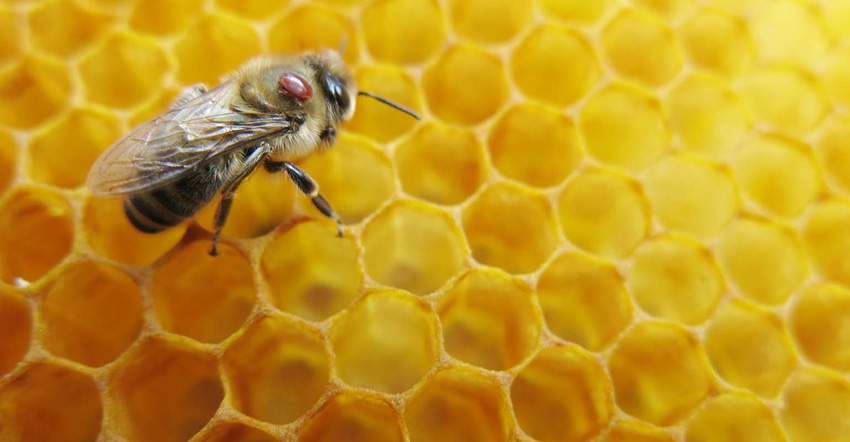August 6, 2018

The number of honey bee colonies for operations with five or more colonies dropped from Jan. 1, 2017, to Jan. 1, 2018, the latest USDA NASS Honey Bee Colonies report shows.
On Jan. 1, 2018, there were 2.63 million colonies in the United States, compared to 2.64 million a year earlier.
Here’s a look a more numbers from the report:
On April 1, 2018, there were 2.69 million honey bee colonies in the U.S., which is the same as April 1, 2017. On July 1, 2017, there were 2.99 million colonies and there were 2.85 million colonies on Oct. 1, 2017.
From January 2018 through March 2018, 425,000 or 16% of colonies were lost at operations with five or more colonies.
The number of colonies lost from April through June 2018 was 270,000, or 10%.
From October through December 2017, 15% of colonies, or 425,000 were lost, which was the highest of any quarter in 2017.
The 2017 quarter with the lowest number of colonies lost was April through June, with 11% loss, or 286,000 colonies.
From January through March 2018, 513,000 colonies were added and during the April through June 2018 quarter, 726,000 colonies were added. During the April through June 2017 quarter, 613,000 colonies were added.
From January through March 2018, 289,000 colonies, or 11%, were renovated. During the April through June 2018 quarter, 715,000 colonies, or 27% were renovated. From April through June 2017, 763,000, or 28%, of colonies were renovated.
There was a 15% increase from a year earlier in colonies lost with Colony Collapse Disorder symptoms from January through March 2018, with 77.8 thousand colonies lost. Colonies lost with Colony Collapse Disorder meet the following criteria: Little to no buildup of dead bees in the hive or at the hive entrance, rapid loss of adult honey bee population despite the presenece of queen, capped brood and food reserves and absence or delayed robbing of the food reserves and the loss is not attributable to varroa or nosema loads.
Varroa mites were the No. 1 stressor for operations with five or more colonies. From January through March 2018, 40.8% of colonies were reported to be affected by varroa mites and from April through June 2018, 53.4% were affected.
Source: USDA NASS
You May Also Like




